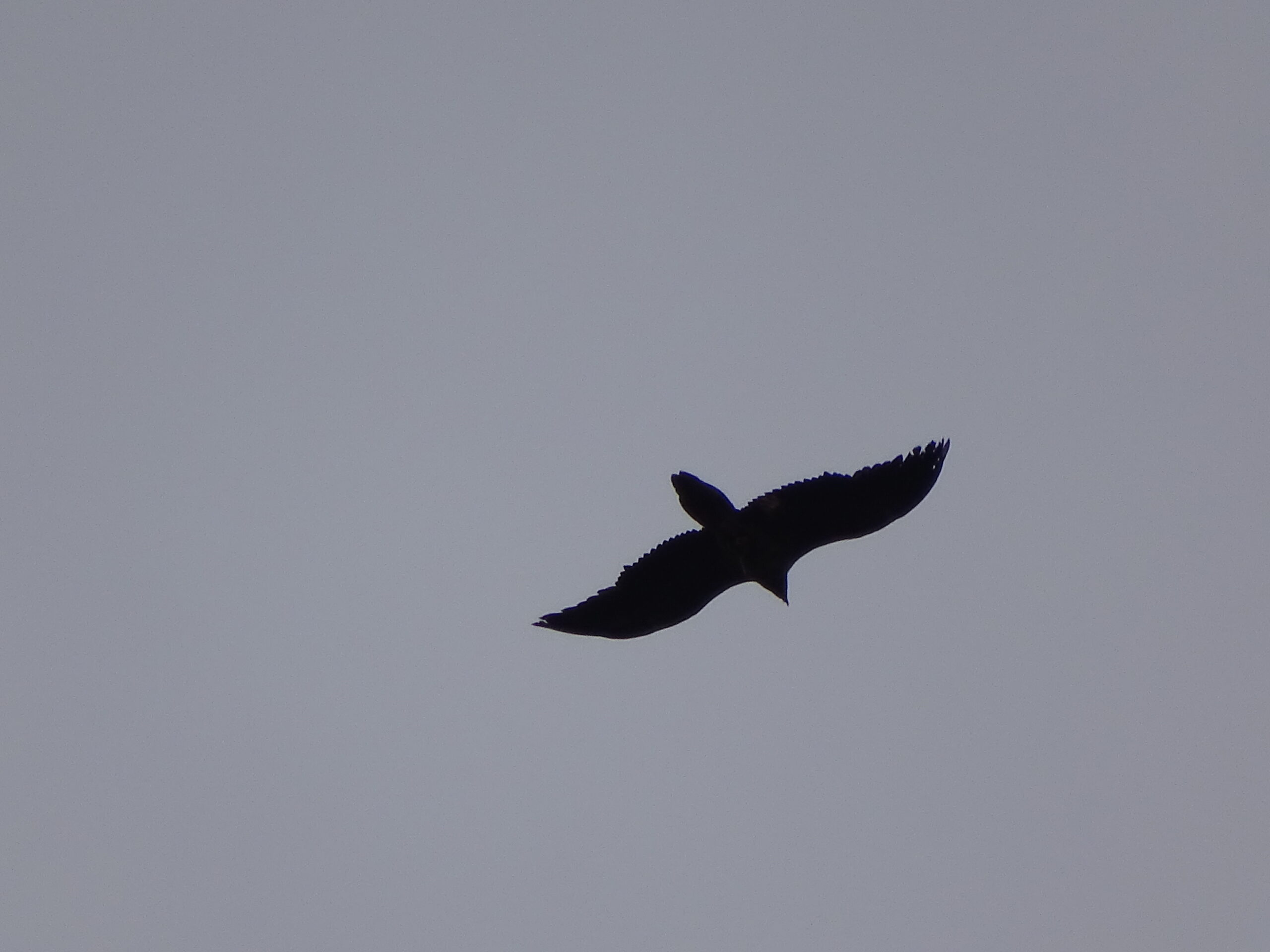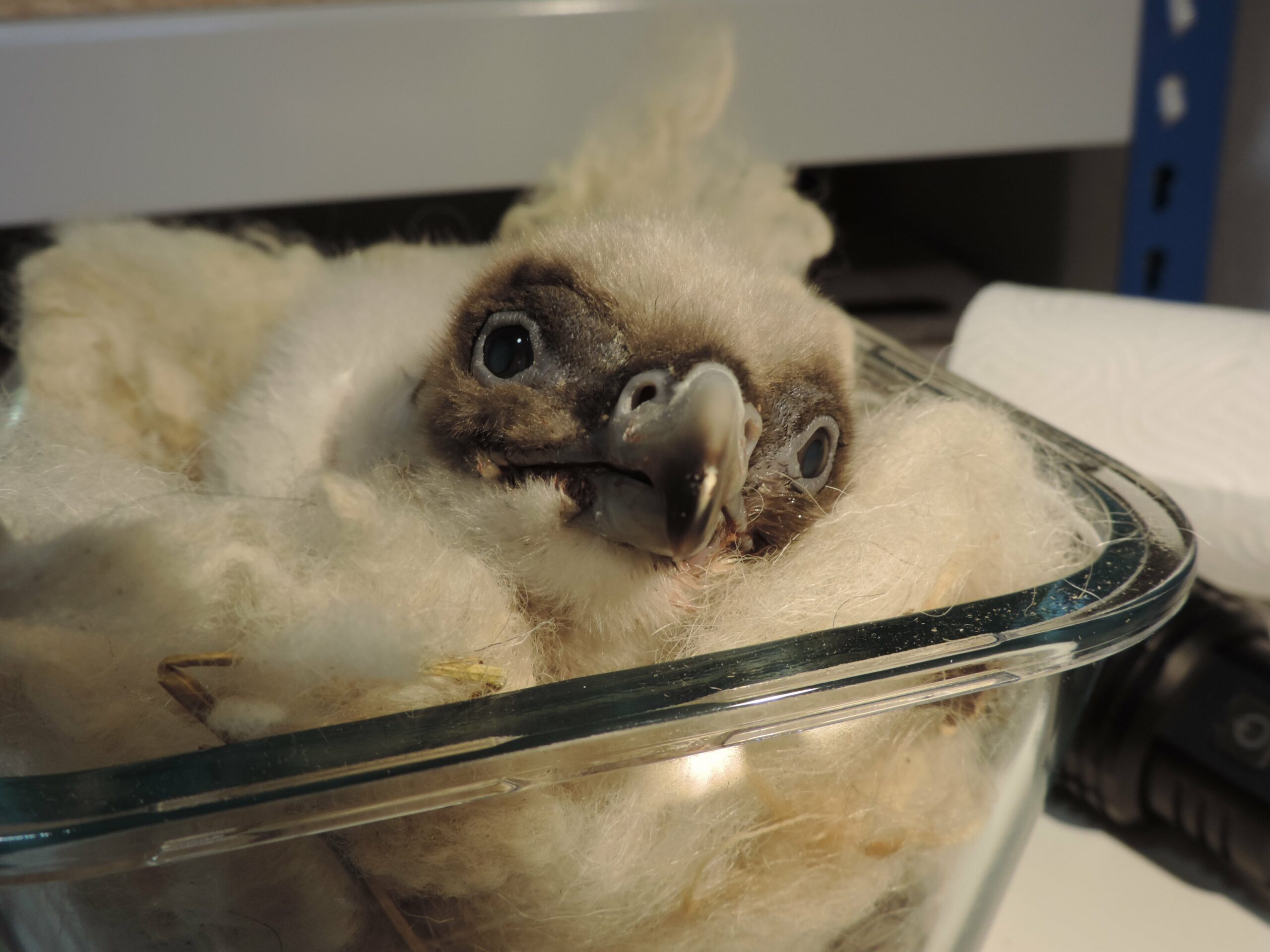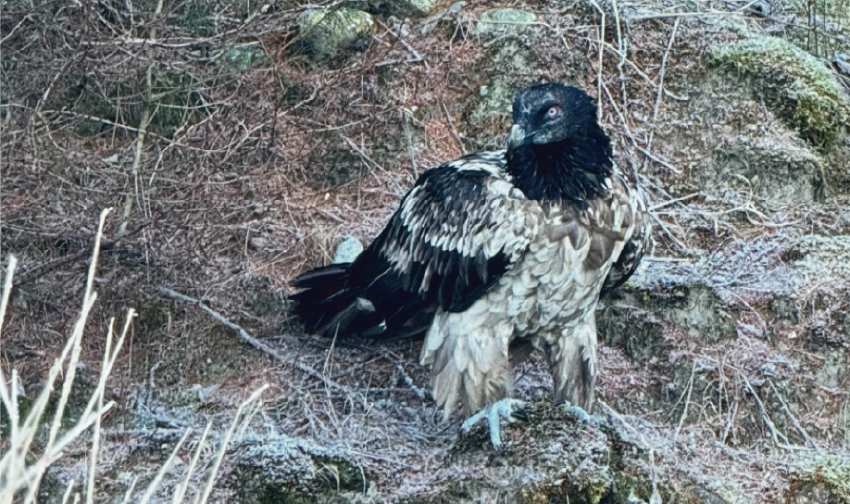More than 200 volunteers from Italy and neighbouring countries braved the cold and the snow yesterday in Stelvio National Park to participate in the simultaneous count of bearded vultures and golden eagle in the Park.
This is the 28th edition of this citizen-science event, which provides valuable data on the number of bearded vultures in the Italian national park – while nests and territorial pairs are well known and closely monitored, the number and identity of floaters and immature present is more difficult to estimate and can only be adequately estimated in surveys of this nature. It also helps mapping the number of golden eagles breeding in the Park.
In spite of the cold weather, the event was (again) a success, and most people could see many bearded vultures, golden eagles and also some other spectacular alpine wildlife. The 9 pairs of bearded vultures breeding in the park are now incubating or have young, while the golden eagles are starting to lay – the volunteers saw lots of displays by breeding golden eagles and several matings.
Later in the evening a lively meal ended with a celebration of the fist breeding of the bearded vulture in the Italian Alps, right in the main square (see photos). Today a full day symposium on bearded vulture conservation and reintroduction is taking place in Bormio, gathering most of the current Italian researchers working on vultures, protected areas staff and managers as well as the pioneers of the bearded vulture reintroduction project and the volunteers that have participated in yesterday´s survey.
Bearded vultures became extinct in the Alps in the beginning of the 20th century, but a reintroduction project (coordinated by the VCF and implemented by several partners across 4 alpine countries) started in 1986 and is still ongoing. The first breeding in the wild occurred in France in 1997, and gipetos bred in Italy for the first time in 1998. The species has been increasing since then, and last year there were at least 49 territorial pairs (15 in Italy), which fledged 31 fledglings.
In the symposium today, a panel of figures have reflected on the extraordinary human and technical adventure of the early years of this project. Many of the participants brought historical mementos and objects, like the first hand-made artificial incubator, or feathers found in the nets of the first birds breeding in Italy.
The reintroduction of the bearded vulture in the alps is one of the greatest wildlife comeback stories, and one that is supported across the board, and has resulted in the establishment of solid international networks and a common platform for nature conservation. It is an excellent umbrella project that continues to motivate people – as those 200 volunteers can attest.
The VCF and its partners will still be releasing birds in the Alps, with a dual objective of diversifying the genetic pool of the wild populations (still smaller than what would be expected from a population of the same size) and to promote the connection between the Alpine and the Pyrenean populations (see details about the LIFE GYPCONNECT project).
The VCF would like to thank Enrico Bassi, the Parco Nazionale dello Stelvio, the support of the Regione Lombardia, and of course all the volunteers and the participants, for this wonderful weekend. The adventure continues!



